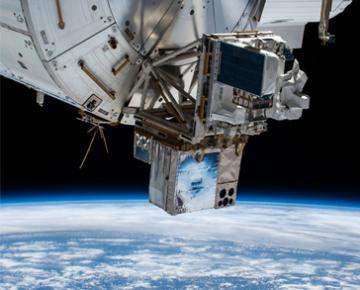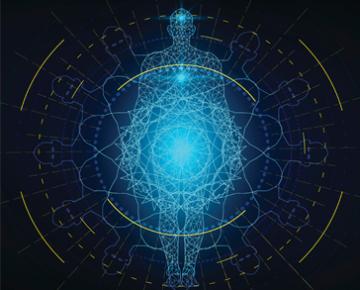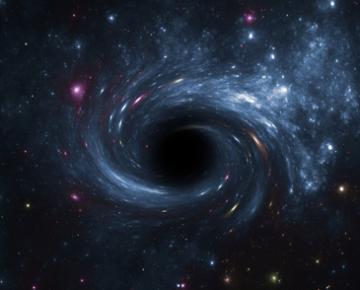Few topics continue to capture the imagination of our society more than space. Over the past several decades, space innovations and technologies have dramatically impacted our nation, and the world, in terms of communication, navigation, weather, entertainment, defense, and much more. Today, this field is even more active and exciting than the space race of the 1960s, where a large and growing community of agencies, companies large and small, and universities is contributing with new space missions and technologies.
The University of Pittsburgh (Pitt) has a long and rich history of space education and research, dating back to 1867-91, when Dr. Samuel Pierpont Langley was a pioneering member of our faculty and led the world-renowned Allegheny Observatory. Building upon this historic foundation, as well as present activities where Pitt is leading and supporting numerous research experiments in space for NASA, DoD, and industry, a new initiative spanning our campus and known as “Pitt Space” is underway and rapidly growing.
The goal of this initiative is to address the critical needs of the US space community in terms of workforce development as well as basic and applied research. With Pitt Space, we are organizing, magnifying, and expanding activities across campus in terms of three core areas of strength – space engineering, space biomedicine, and space science. These areas are working individually and collectively to make Pitt into a leading US space university.
Pitt Space officially launched on September 10, 2024 with a seminar attended by nearly 100 faculty members, university leaders, and industry leaders. The recording and slides from this and subsequent seminars by distinguished speakers in the US space community are posted here.




